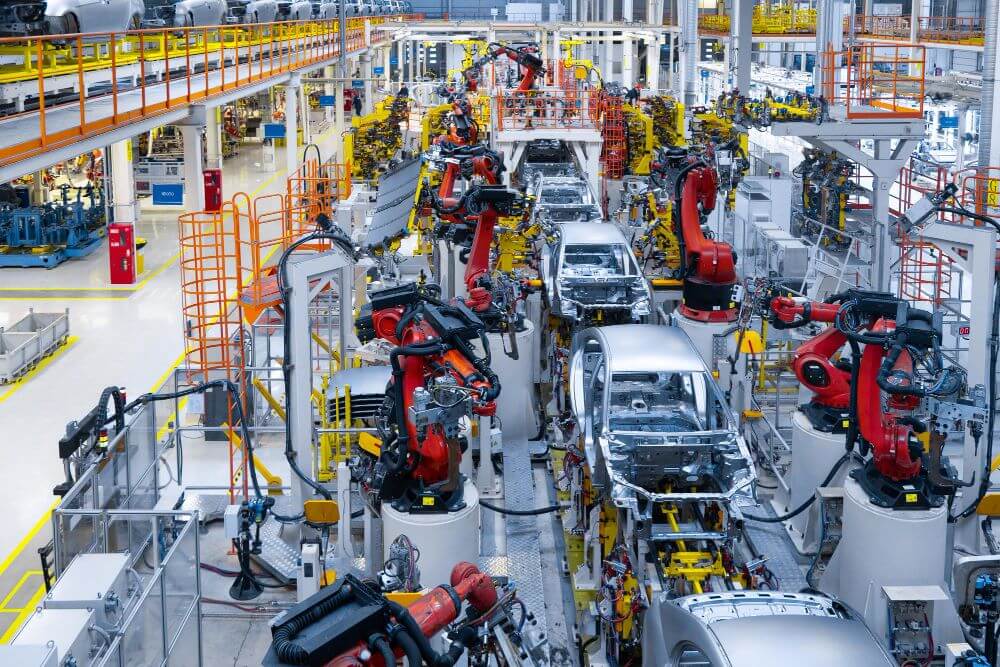Imagine a factory floor where each product is uniquely tailored to its user, yet no human hand touches the assembly line. The hum of machines is steady, almost hypnotic, producing items that were once only sketches in a designer’s notebook. For decades, manufacturing was defined by repetition: large batches, standardized components, and rigid timelines. Today, that certainty is dissolving.
The evolution of manufacturing is no longer about scaling quantity alone; it is about scaling possibility. Companies are asking themselves how they can create faster, smarter, and more flexible systems without sacrificing precision. The answer is emerging in technologies that were once relegated to labs. What was once a tool for prototyping is now redefining production, and it is happening faster than most executives realize.
Identifying the Constraints of Traditional Production
For years, industries have been trapped in an invisible loop: designing for the limitations of their machinery rather than imagining what could be made. The mindset is familiar — if a design is too complex, too delicate, or too custom, it gets simplified or abandoned. Efficiency was measured in units per hour, not in creativity unlocked or innovation accelerated.
The rise of additive manufacturing changes that paradigm. Layer-by-layer production allows complexity to become an advantage, not a bottleneck. Engineers are no longer forced to compromise between design ambition and manufacturability. Intricate geometries that once required multiple parts can now be printed as a single component. Lightweight materials can be integrated without sacrificing performance, and entirely new composites are possible.
The real constraint is not technology — it is mental inertia. Embracing systems where design freedom drives production transforms supply chains, shortens timelines, and expands the range of feasible products.
Shifting Toward Adaptive Production
The new approach positions manufacturing as a responsive, adaptable ecosystem. Instead of asking how to produce efficiently, the question becomes what can be produced if efficiency is no longer the limiting factor. Early adopters see results in custom prosthetics, aerospace components optimized for weight and strength, and fashion items that challenge traditional design norms.
Data reinforces this shift. Production cycle times shrink when design and manufacturing are integrated, material waste is minimized, and iteration speeds accelerate. Beyond numbers, the cultural impact is significant: teams can experiment, designers reclaim creative authority, and companies unlock new market opportunities.
Implementation does not require full-scale factory transformation. Integrating selective additive manufacturing into prototyping or small-batch production can reveal efficiencies and product innovations that were previously inaccessible. Moving from mass production to smart production enables transformative outcomes.
Exploring the Cultural Implications
This technological shift also highlights a cultural truth: innovation depends on mindset as much as machinery. Organizations that cling to traditional processes risk inefficiency and obsolescence. Embracing design-driven production encourages curiosity, experimentation, and adaptability, creating value beyond the physical products themselves.
Concluding Insights
The evolution of manufacturing is a paradigm shift. It challenges conventional assumptions, redefines what production can achieve, and narrows the gap between imagination and reality. Next time a complex design arises, consider whether limitations are imposed by technology or by mindset. The future of production favors those willing to build without boundaries.

















